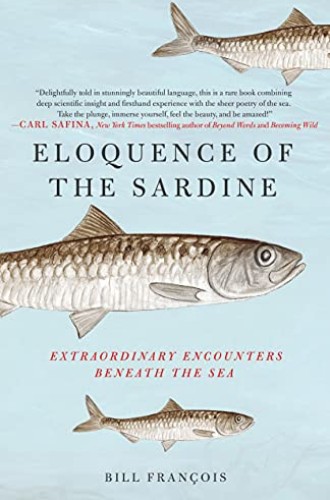The mirror world under the sea
Millions of unknown species in our oceans inhabit a universe of storytelling and dreaming.
Ancient writers believed that a world under the sea mirrored the world of their senses and experience. It was thought that plants and animals of the land and the air had specific counterparts in the ocean. French naturalist and physicist Bill François writes that this “ancestral theory likely came about naturally in prehistoric times. It’s such an obvious thing, when looking at the sea, to glimpse your own reflection. To see the colors of the sky displayed in it upside down, to see fish swimming in it like birds flying through the sky.” The Roman naturalist Pliny the Elder accepted the idea of the mirror universe under the sea. Medieval scholars such as canon lawyer Gervase of Tilbury developed it as a teaching of the church. Gervase wrote that a land creature’s marine equivalent resembled it “from the head to the navel, but the body ended in a fishtail.”
One notable charm of this engaging book is the author’s unwillingness to scoff at our forebears’ ocean theories. François predicts that “one day in the future, people will laugh at the certainties of our era” as well. This magnanimous tolerance appears to spring from the author’s childhood memories, when his passion for the sea and its creatures was born.
On vacations with his parents at the Mediterranean shore, young François looked out on the kingdom of the sea with fascination and fear. Creatures uncovered by the ebbing tide fascinated him. There were “green crabs with seaweed wigs, translucent shrimps, periwinkles blowing streams of bubbles, and even the scarlet sea anemones” that his parents warned him not to touch. Fish, out of sight in the deeper water, frightened him, so he waded in the tidal pools and confined his exploration to the shallows.





